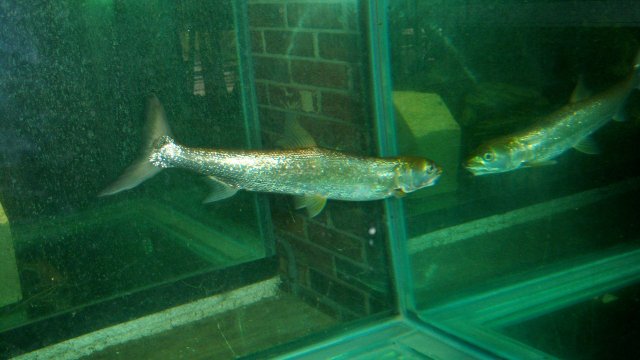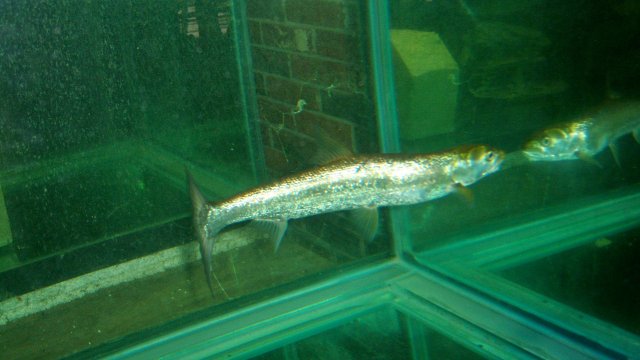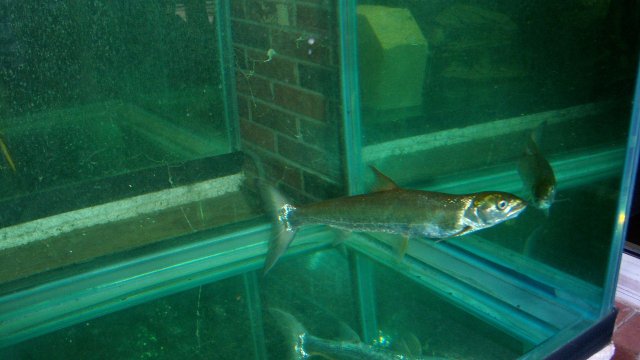I kill fish and waste money before I learn. That's what hoarders / "wanna-have'em-all's" do.
Yes, but for everyone you kill and share with us helps save a hundred out there in MFK.
I kill fish and waste money before I learn. That's what hoarders / "wanna-have'em-all's" do.
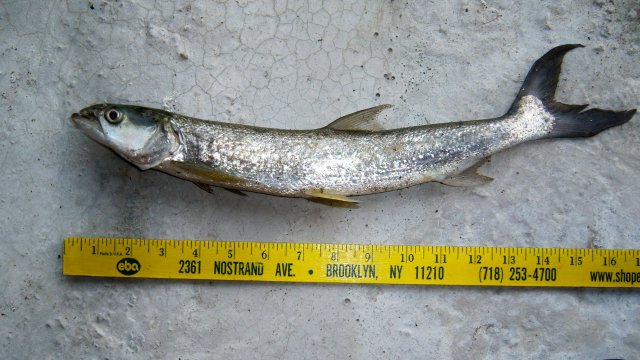
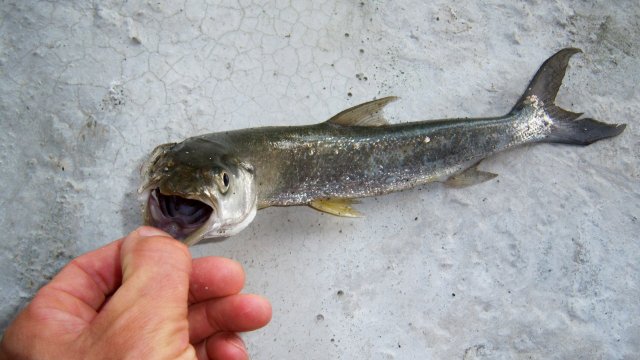
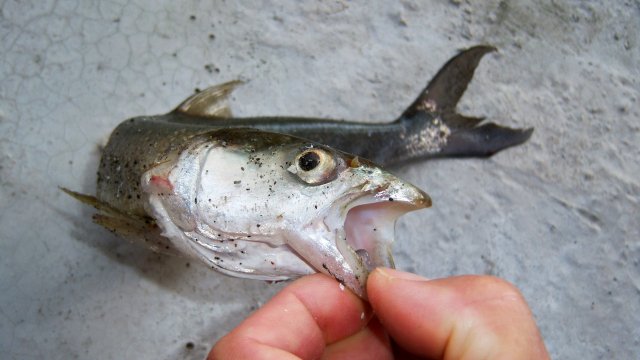
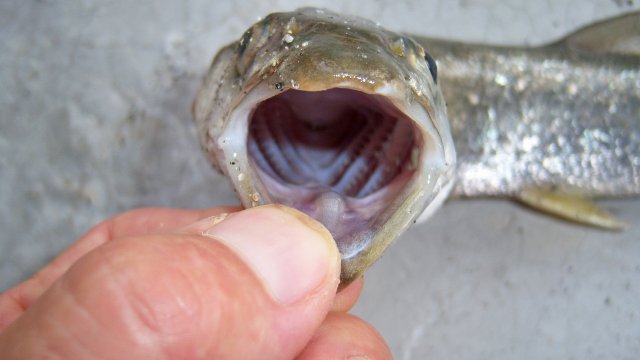
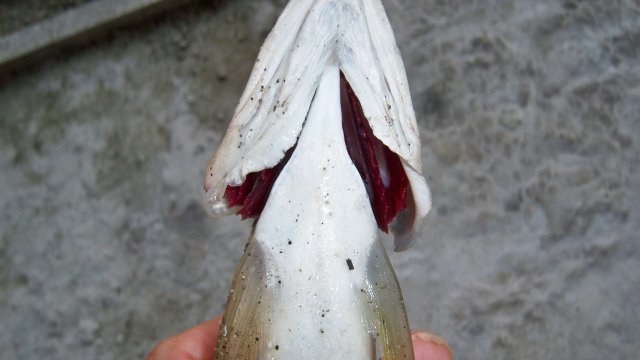
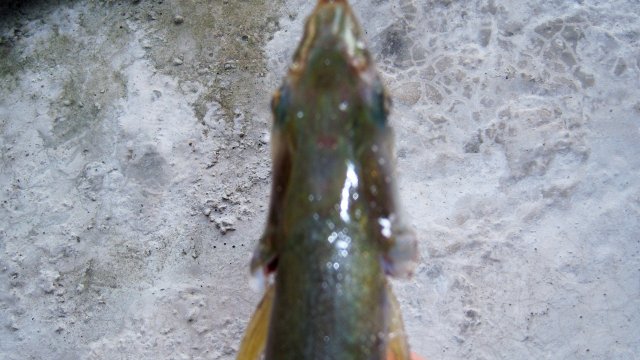
Thank you so much for that, mate! I think this is a real possibility. As I have found out recently, the pumps that were supplying the tanks that held the cheeks have been under-pumping as crud blocked much of the intake screen and I couldn't see it until I pulled the pumps out recently.Hypoxia has been known to cause gill curling, mouth and skeletal deformities in hatcheries. I have some trout parr I got from a hatchery and their behaviour is now completely different since I've added an additional ~6000 gph to their 145 growout. They no longer roam the tank or swim against the glass, instead they hold up near structure and zip in and out of the current to grab potential food particles.
I feel that high flow riverine species require a lot more current (and as a result higher dissolved O2) for proper development than most hobbyists would think and in this regard marine keepers are ahead of the curve. While perhaps not comparable in absolute values to the ocean, large lakes and rivers still have very complex and strong currents yet I rarely see freshwater enthusiasts put any emphasis on current beyond their filters and maybe the odd powerhead. I've seen posts debating whether a fluval fx5 (~500 gph with media) is too much flow for a 75g cichlid tank while my 45g trout fry tank had over 2k gph and before they moved to the 140 at around 2.5" I felt they could have used more.
Not saying that this is the cause for your unfortunate issues with E. bambusa but maybe food for thought?
